Home>Gardening & Outdoor>Pool & Spa Care>How To Get Rid Of Algae In Hot Tub
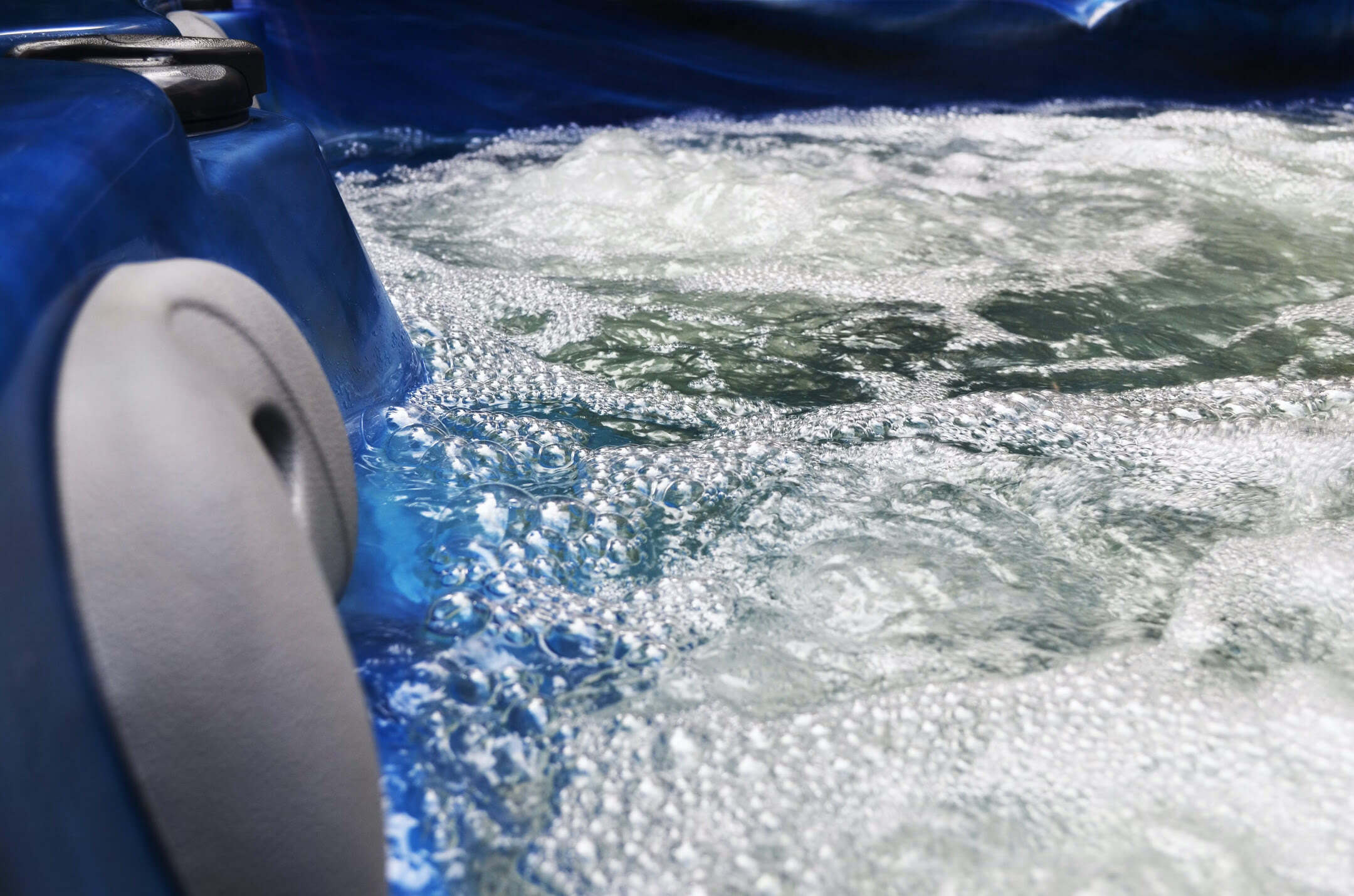

Pool & Spa Care
How To Get Rid Of Algae In Hot Tub
Published: December 29, 2023
Learn effective pool and spa care tips to get rid of algae in your hot tub. Discover expert advice and solutions for maintaining a clean and healthy spa.
(Many of the links in this article redirect to a specific reviewed product. Your purchase of these products through affiliate links helps to generate commission for Storables.com, at no extra cost. Learn more)
Introduction
Welcome to the wonderful world of hot tubs! There’s nothing quite like sinking into a warm, bubbling oasis after a long day. However, as with any pool or spa, hot tub maintenance is crucial to ensure a clean and enjoyable experience. One common issue that hot tub owners may encounter is the presence of algae. While algae growth can be a nuisance, it’s a problem that can be effectively managed with the right knowledge and maintenance routine.
In this guide, we’ll delve into the world of hot tub algae, exploring what it is, why it occurs, and most importantly, how to prevent and eliminate it. By understanding the nature of algae and implementing the proper preventative measures and cleaning techniques, you can maintain a pristine hot tub environment for your relaxation and enjoyment.
Key Takeaways:
- Keep your hot tub algae-free by regularly testing water, cleaning surfaces, and maintaining proper filtration. Preventing algae is easier than dealing with an infestation, so stay proactive with your maintenance routine.
- When faced with algae, use algaecides and shock treatments to target and eliminate the nuisance. Remember, prevention is key, so continue implementing preventative measures to enjoy a sparkling, algae-free hot tub.
Read more: How To Get Rid Of Scum In Hot Tub
Understanding Algae in Hot Tubs
Algae are simple, plant-like organisms that thrive in warm, moist environments, making hot tubs an ideal breeding ground. They can enter your hot tub through various means, such as wind, rain, or even on the bodies of swimmers. Once inside, algae can rapidly multiply, forming green, brown, or even pinkish slime on the walls, floor, and other surfaces of your hot tub.
There are different types of algae that can plague hot tubs, including green algae, mustard algae, and black algae. Green algae is the most common and typically appears as a greenish film or discoloration on surfaces. Mustard algae, on the other hand, often presents as a yellow or mustard-colored growth and can be more resistant to treatment. Black algae is the most stubborn and tends to form dark, hardened patches that cling tightly to surfaces.
Algae growth in hot tubs is often exacerbated by factors such as inadequate sanitation, imbalanced water chemistry, and poor circulation. Insufficient chlorine levels, irregular cleaning schedules, and warm water temperatures can all contribute to the proliferation of algae. Additionally, organic contaminants like sweat, body oils, and sunscreen residues can provide nutrients for algae to flourish.
It’s important to recognize the signs of algae in your hot tub, including visible discoloration, slimy surfaces, and a musty or unpleasant odor. Prompt action is essential to prevent algae from spreading and overtaking your hot tub, potentially leading to more extensive cleaning and treatment processes.
Preventative Measures
Preventing algae growth in your hot tub is far easier than dealing with an established infestation. By incorporating a few simple yet effective measures into your hot tub maintenance routine, you can significantly reduce the risk of algae taking hold.
1. Regular Water Testing: Consistently monitor your hot tub’s water chemistry using a reliable test kit. This includes checking pH levels, alkalinity, and sanitizer (e.g., chlorine or bromine) levels. Maintaining proper water balance and sanitizer levels creates an environment that is inhospitable to algae.
2. Routine Cleaning: Establish a regular cleaning schedule for your hot tub, which should include scrubbing the walls, skimming the water’s surface, and vacuuming the bottom to remove any debris. By minimizing organic matter and other potential nutrients, you can thwart algae growth.
3. Adequate Filtration: Ensure that your hot tub’s filtration system is in good working order and run it for the recommended duration each day. A well-maintained filter can capture and remove algae spores and other particles, preventing them from settling and proliferating.
4. Proper Water Circulation: Good water circulation is essential for preventing stagnant areas where algae can flourish. Regularly check and clean your hot tub’s circulation system, including jets and pipes, to maintain efficient water flow.
5. UV Sanitization: Consider installing a UV-C sanitizer in your hot tub. UV-C light can help neutralize bacteria and algae, reducing the reliance on chemical sanitizers and enhancing water clarity.
6. Shower Before Soaking: Encourage hot tub users to shower before entering the water to rinse off sweat, oils, and other contaminants that can fuel algae growth. This simple step can significantly reduce the introduction of organic matter into the hot tub.
By diligently implementing these preventative measures, you can create an environment that is less conducive to algae growth, promoting a cleaner and more enjoyable hot tub experience for you and your guests.
Regularly clean and sanitize your hot tub to prevent algae growth. Use a hot tub shock treatment to kill existing algae and prevent it from coming back. Keep the water balanced and use an algaecide as needed.
Cleaning and Maintenance
Regular cleaning and maintenance are essential for keeping your hot tub free from algae and other contaminants. By incorporating these practices into your hot tub care routine, you can minimize the risk of algae taking hold and ensure a hygienic and inviting environment for relaxation.
1. Surface Scrubbing: Use a non-abrasive spa brush to scrub the walls, floor, and any other surfaces inside the hot tub. Pay particular attention to areas with visible algae growth, gently but effectively removing the slimy residue.
2. Skimming and Vacuuming: Skim the water’s surface with a fine mesh skimmer to remove floating debris and organic matter. Additionally, use a spa vacuum to clean the bottom of the hot tub, eliminating any settled particles that could contribute to algae formation.
3. Drain and Refill: Regularly drain and refill your hot tub according to the manufacturer’s guidelines. This practice helps refresh the water, diluting accumulated impurities and preventing the buildup of nutrients that algae thrive on.
4. Filter Maintenance: Clean or replace your hot tub’s filter cartridges as recommended by the manufacturer. A clean and efficient filter is crucial for trapping algae spores and preventing their circulation in the water.
5. Shock Treatment: Periodically administer a shock treatment to your hot tub to oxidize organic contaminants and maintain sanitizer effectiveness. This helps eliminate potential algae nutrients and prevents the development of resistant strains.
6. Draining and Cleaning Pipes: Consider having a professional drain and clean the hot tub’s plumbing system annually to remove biofilm and other buildup that can harbor algae and impede proper water circulation.
By diligently performing these cleaning and maintenance tasks, you can proactively combat algae and maintain a clean, inviting hot tub environment. Consistency is key, so make these practices a regular part of your hot tub care regimen to enjoy a pristine and algae-free oasis.
Chemical Treatment
When faced with an algae infestation in your hot tub, swift and targeted chemical treatment is crucial to eradicate the nuisance and restore water clarity. Understanding the appropriate use of algaecides and shock treatments can help you effectively combat algae and prevent its recurrence.
1. Algaecide Application: Select a quality algaecide specifically formulated for hot tubs and follow the manufacturer’s instructions for application. Algaecides work by disrupting the cellular structure of algae, causing it to clump together and become more susceptible to filtration and sanitization. Be sure to use an algaecide that is compatible with your sanitizer and won’t interfere with its effectiveness.
2. Shock Treatment: Administer a shock treatment to the hot tub to boost sanitizer levels and eliminate organic contaminants that may be fueling algae growth. Choose a non-chlorine shock or a chlorine-based shock, depending on your preferred sanitizer, and carefully follow the dosing guidelines to achieve the desired oxidation effect.
3. Brushing and Circulation: After applying algaecide and shock treatment, use a spa brush to gently scrub the affected areas to dislodge and break apart the algae. Run the hot tub’s circulation system for an extended period to help filter out the treated algae and prevent it from settling elsewhere.
4. Water Testing and Adjustment: Following the chemical treatment, test the hot tub water to ensure that the pH and sanitizer levels are within the recommended ranges. Adjust as necessary to maintain a balanced and sanitized environment that discourages algae regrowth.
5. Ongoing Prevention: After successfully treating the algae, continue to implement preventative measures and maintain diligent cleaning and water care practices to minimize the likelihood of future algae outbreaks.
It’s important to note that while chemical treatments are effective in combating algae, it’s best to prevent algae growth through proactive maintenance. Regular water testing, cleaning, and filtration optimization can significantly reduce the need for intensive chemical interventions.
By understanding and utilizing appropriate chemical treatments, you can effectively address algae issues in your hot tub and restore it to a pristine, inviting condition for your continued enjoyment.
Read more: How To Get Rid Of Scaling In Hot Tub
Conclusion
Algae growth in hot tubs can be a persistent challenge, but with the right knowledge and proactive approach, it’s a challenge that can be effectively managed and minimized. By understanding the nature of algae, implementing preventative measures, and maintaining a consistent cleaning and maintenance routine, you can create an environment that is inhospitable to algae growth.
Regular water testing, routine cleaning, proper filtration, and adequate sanitation are fundamental pillars of hot tub maintenance that can significantly reduce the risk of algae infestations. Additionally, the judicious use of algaecides and shock treatments can provide targeted intervention when algae do make an unwelcome appearance.
Remember, prevention is key. By establishing and adhering to a comprehensive maintenance regimen, you can enjoy a sparkling, algae-free hot tub that provides a safe and luxurious retreat for relaxation and rejuvenation.
As you embark on your hot tub care journey, stay informed about best practices, seek guidance from reputable sources, and prioritize the well-being of your hot tub and those who indulge in its soothing waters. With dedication and a proactive mindset, you can conquer algae and maintain a pristine hot tub oasis for countless enjoyable soaks to come.
Here’s to a clean, clear, and algae-free hot tub experience!
Frequently Asked Questions about How To Get Rid Of Algae In Hot Tub
Was this page helpful?
At Storables.com, we guarantee accurate and reliable information. Our content, validated by Expert Board Contributors, is crafted following stringent Editorial Policies. We're committed to providing you with well-researched, expert-backed insights for all your informational needs.
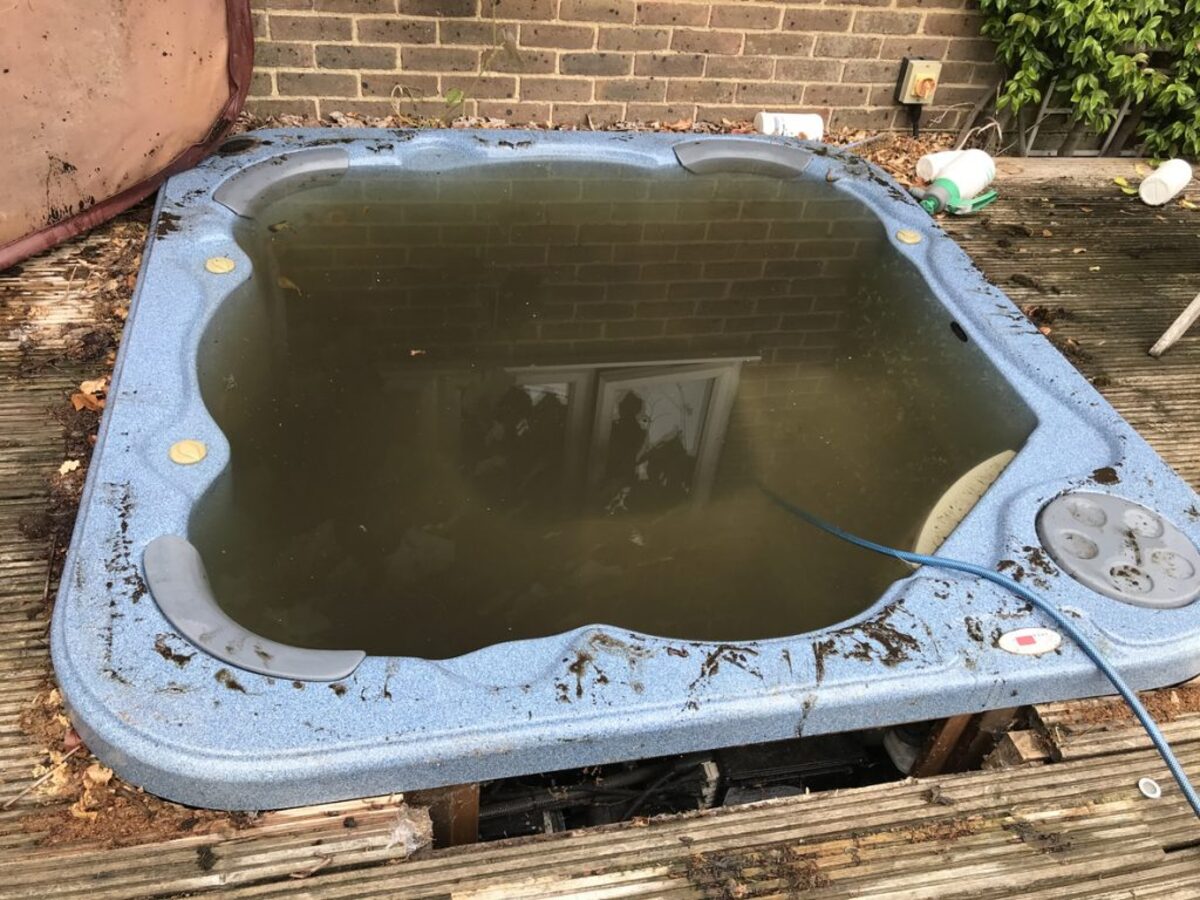
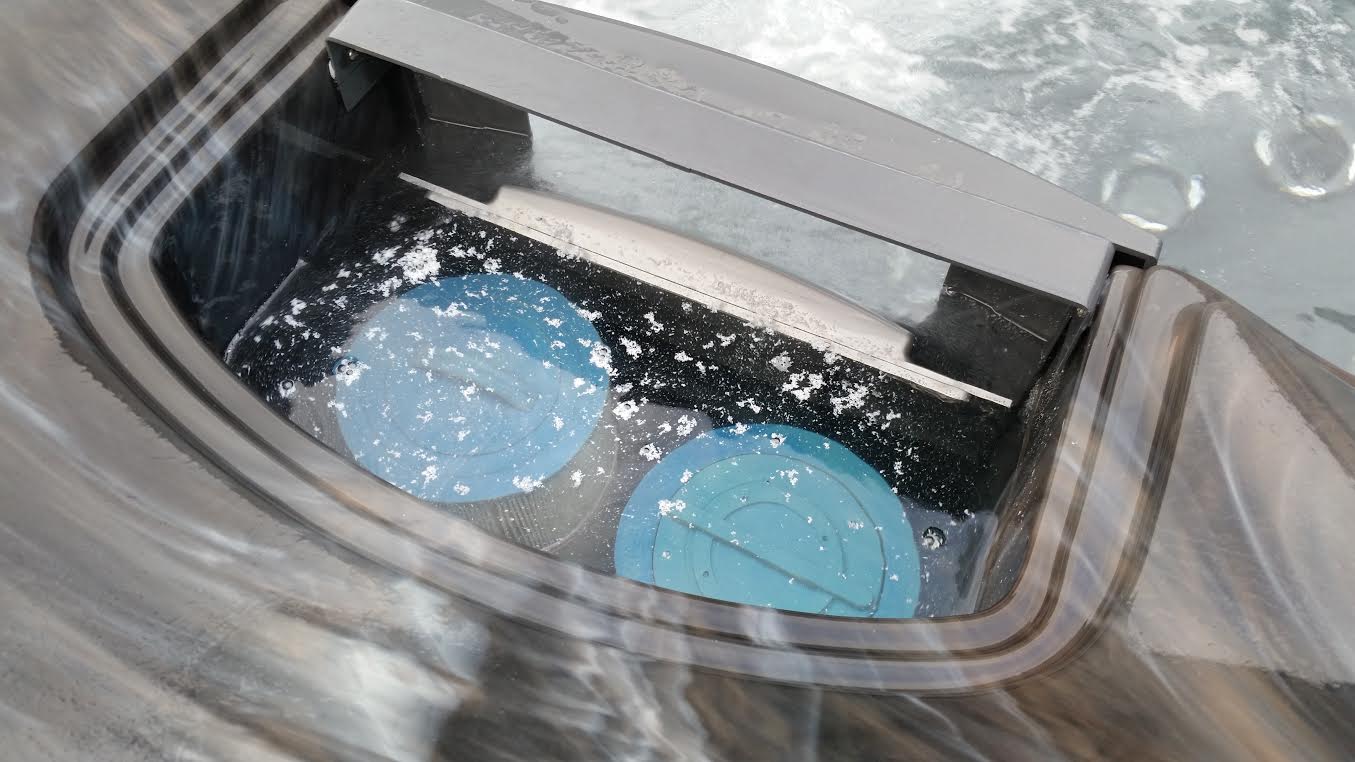
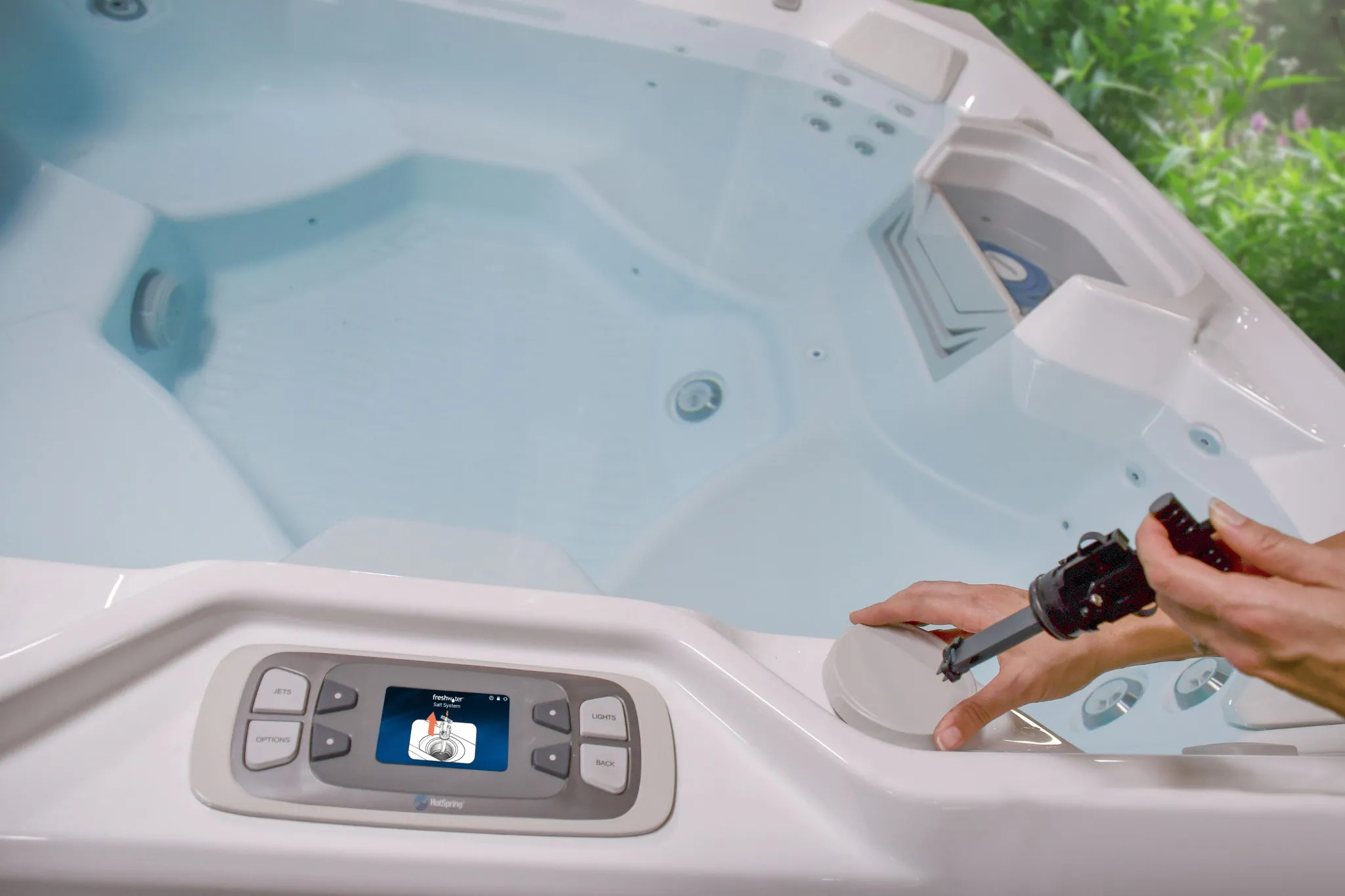
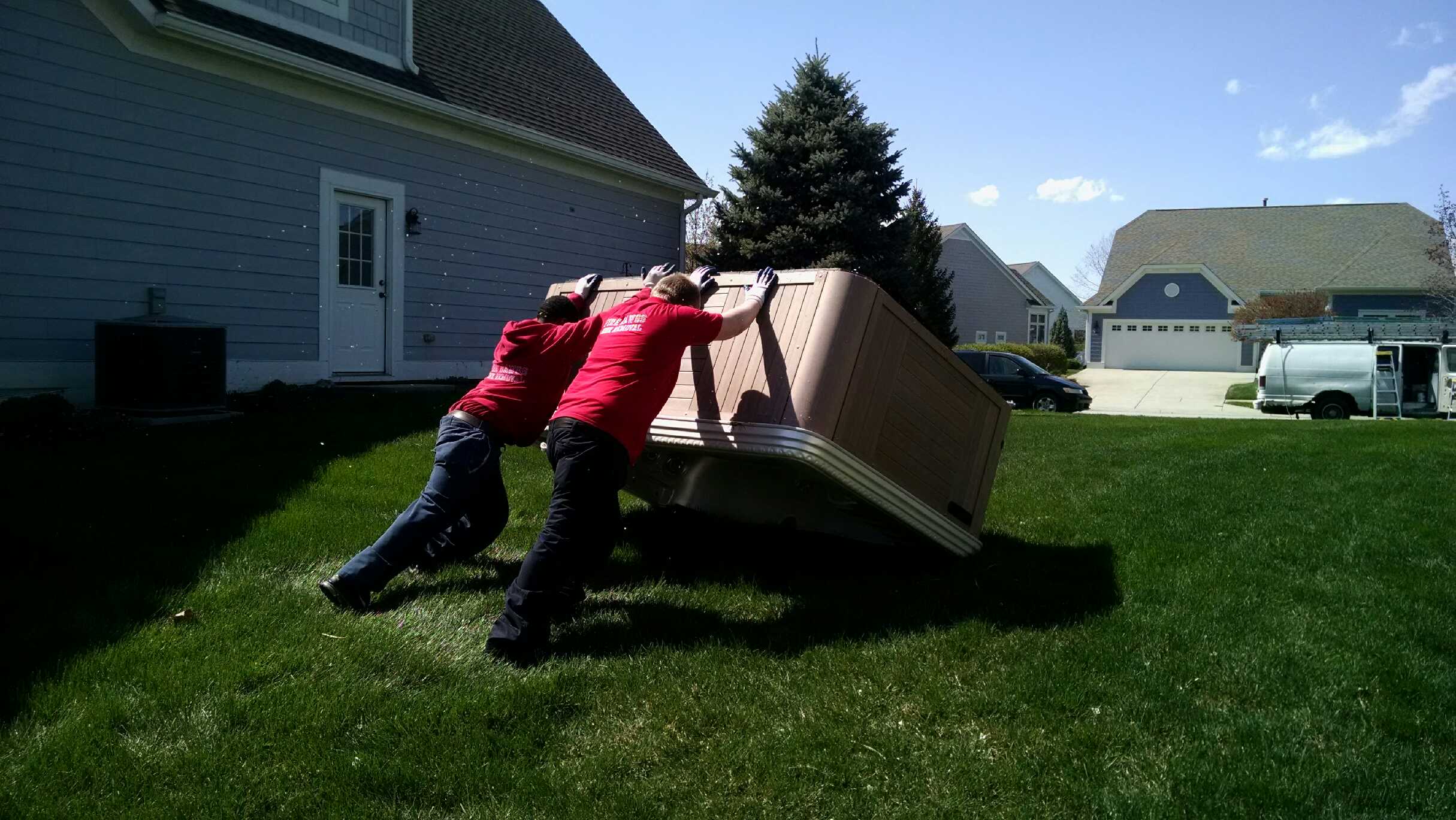
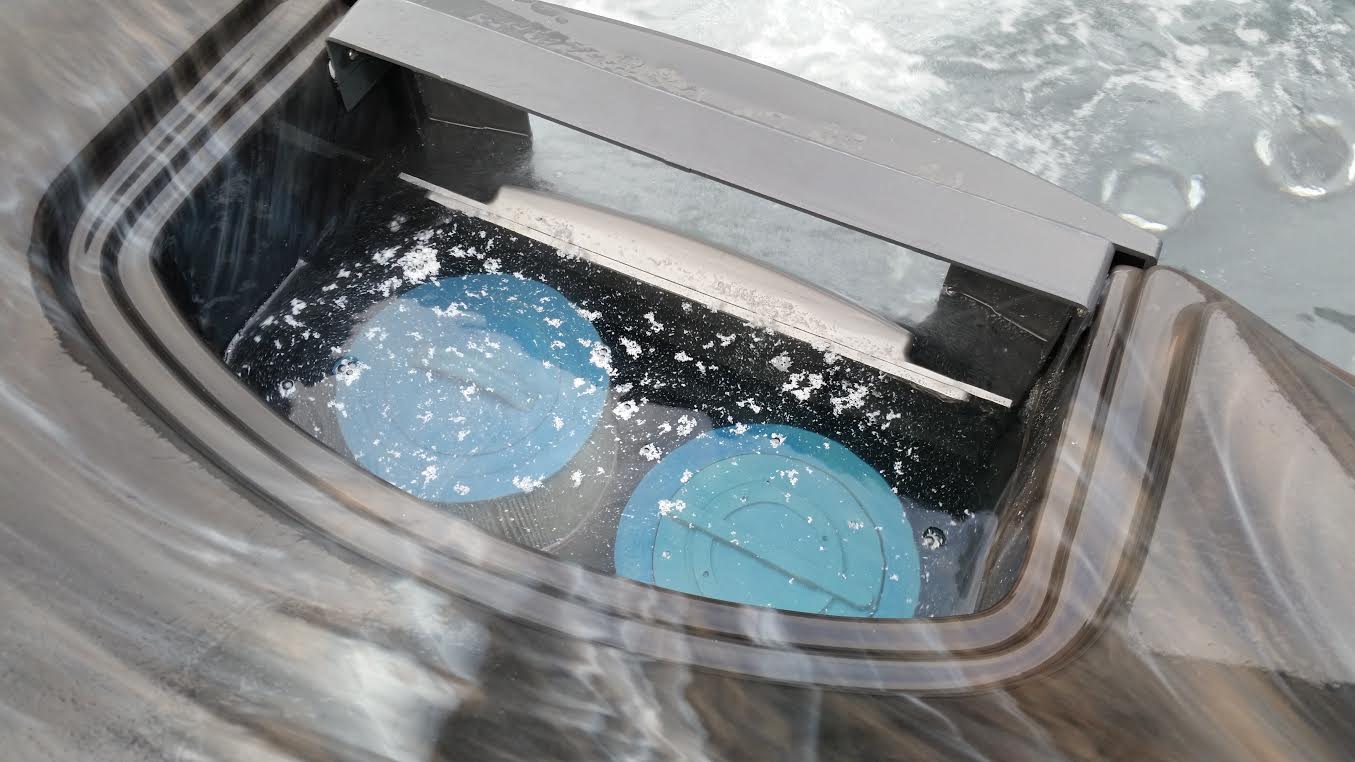
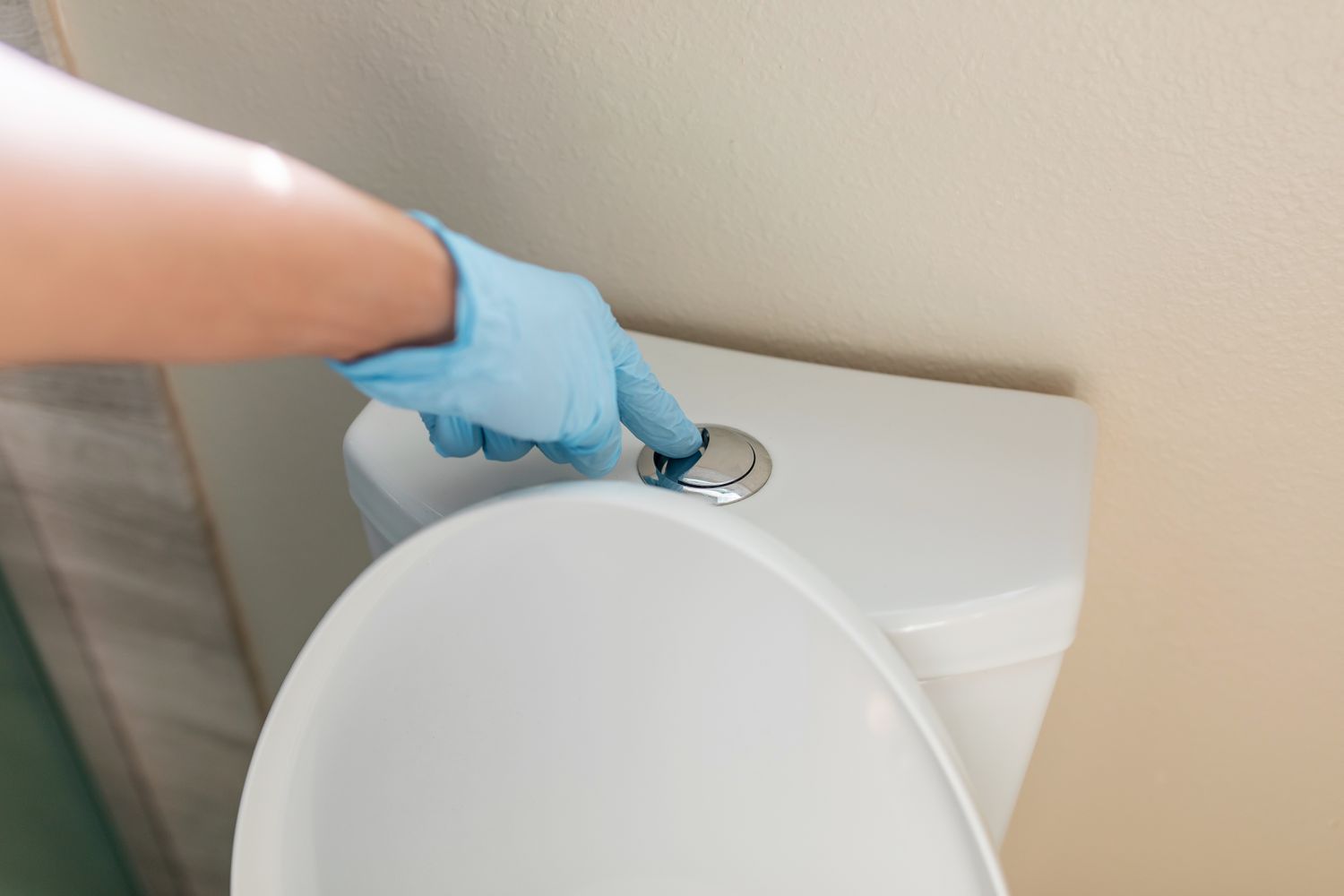

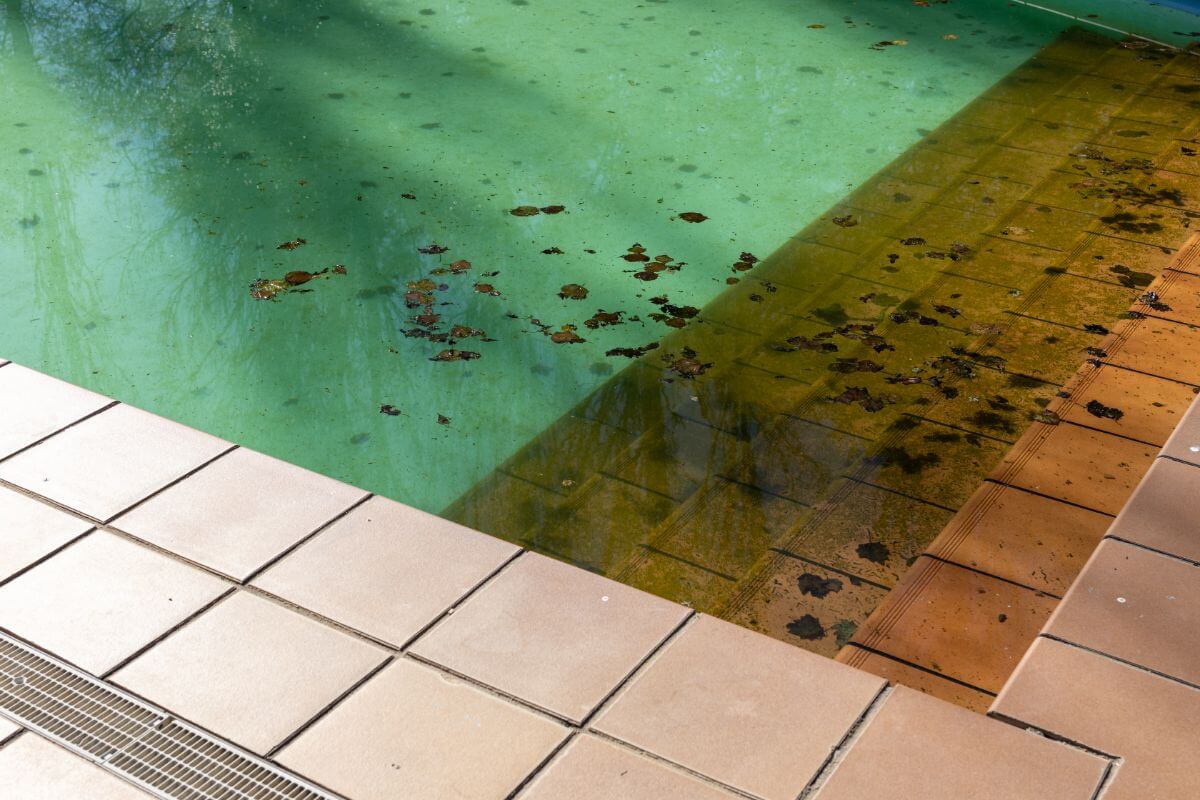
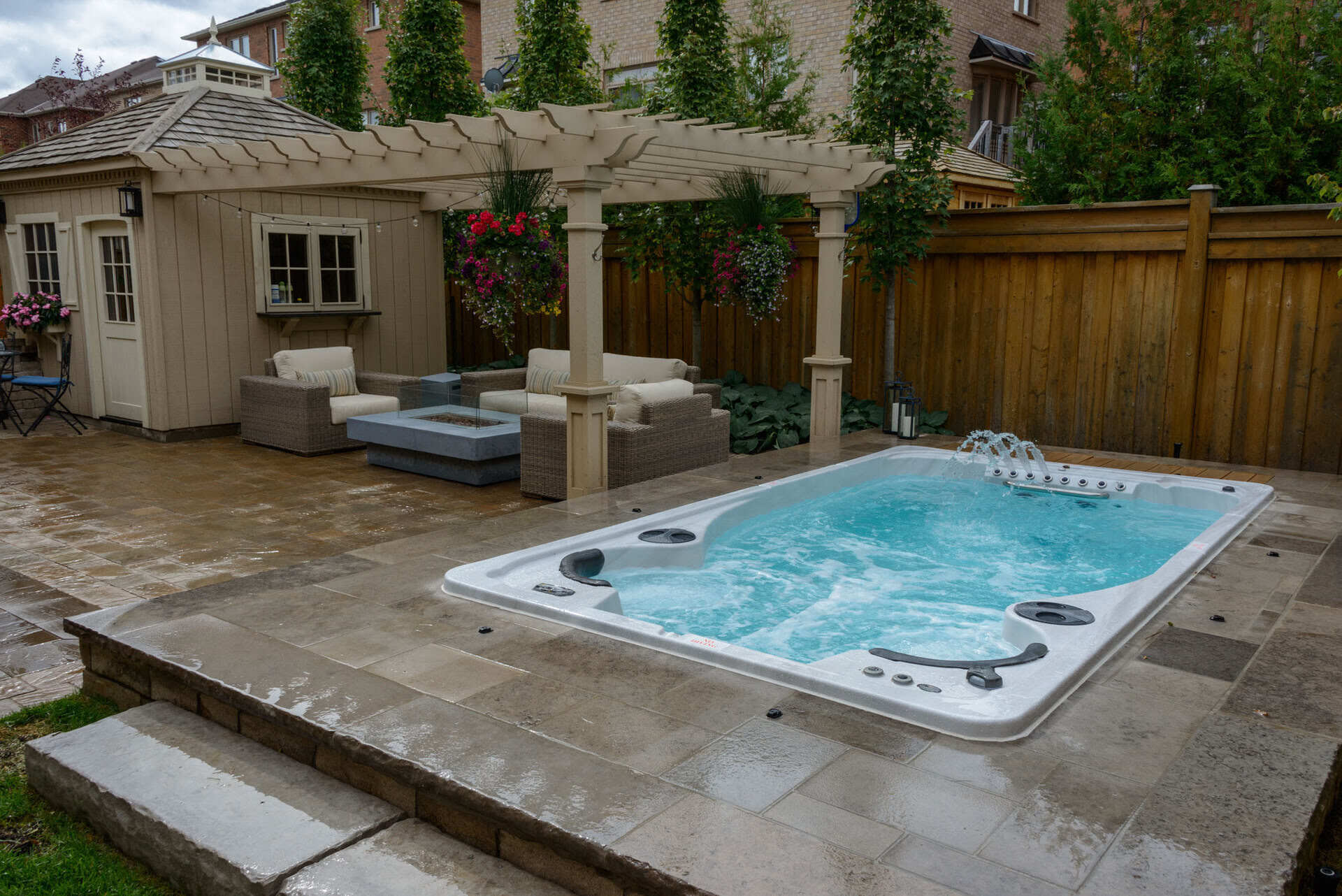
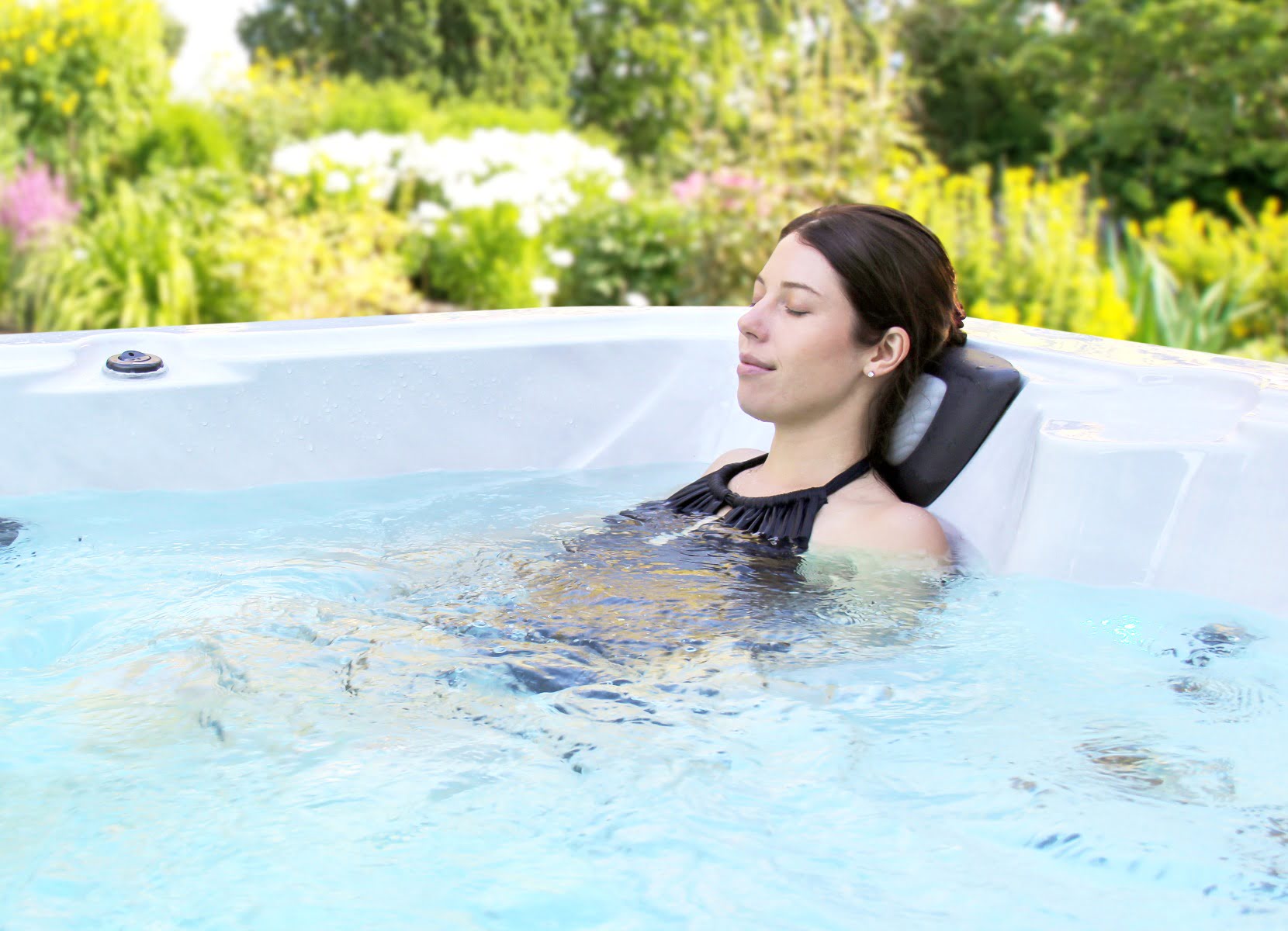
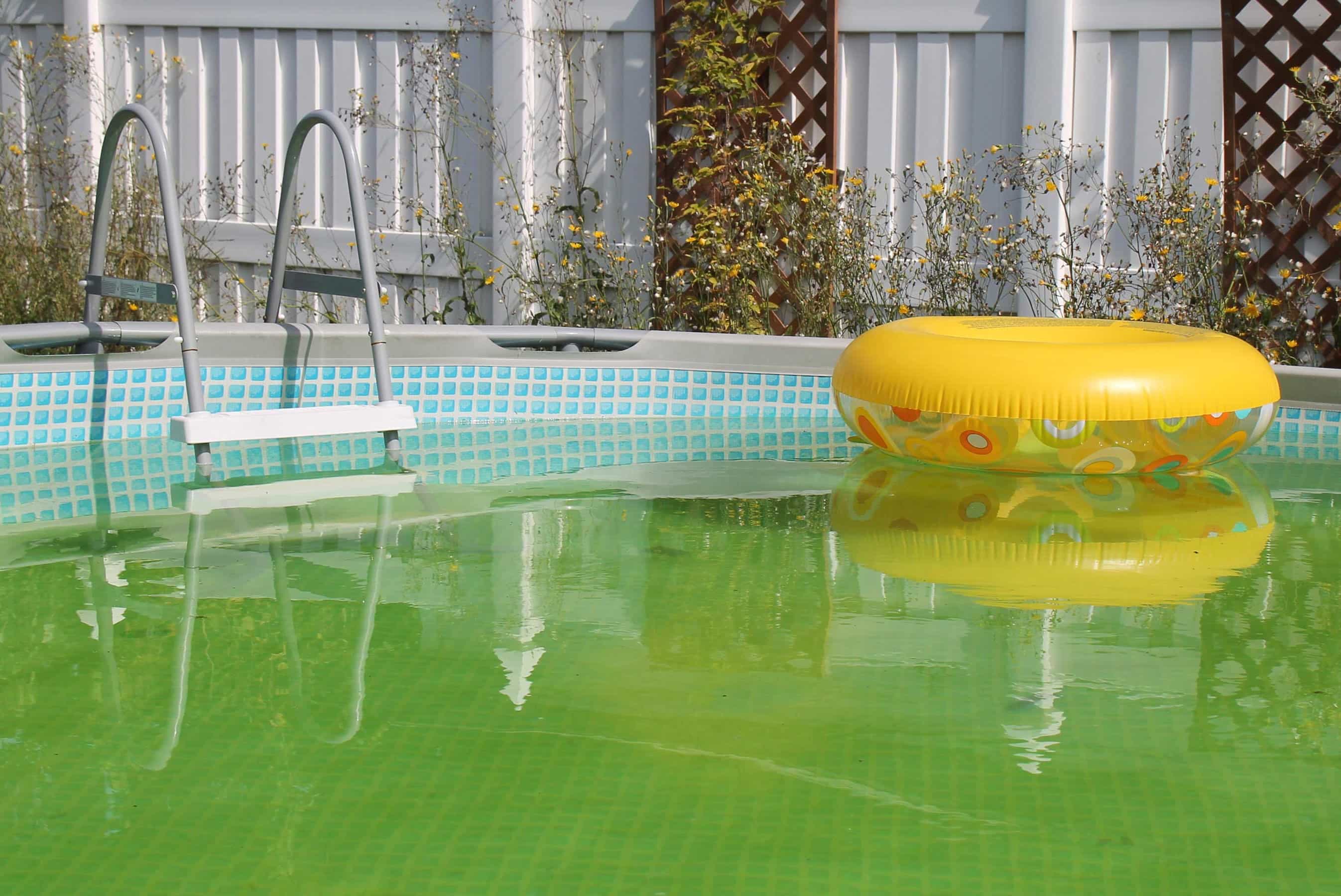
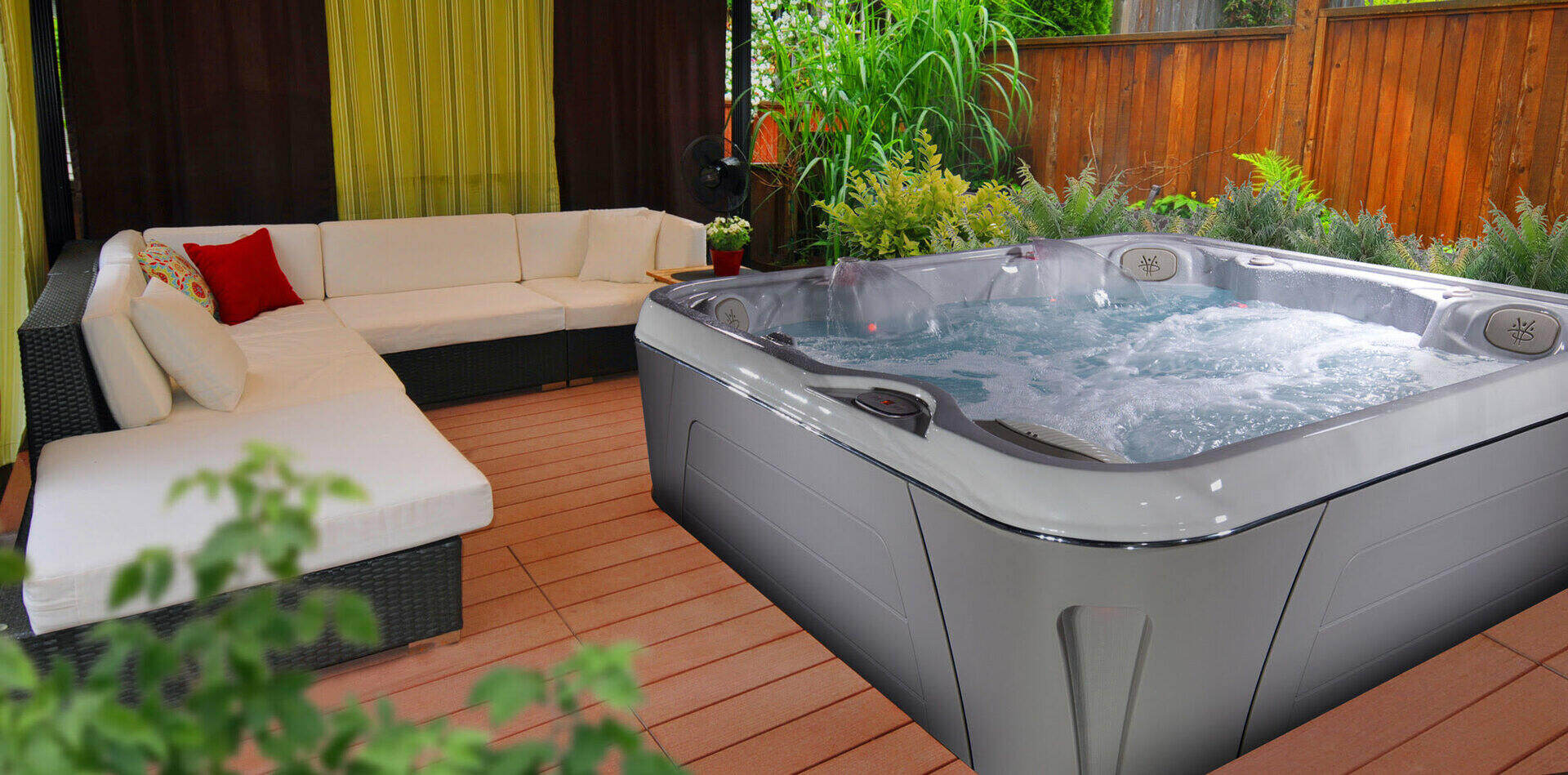
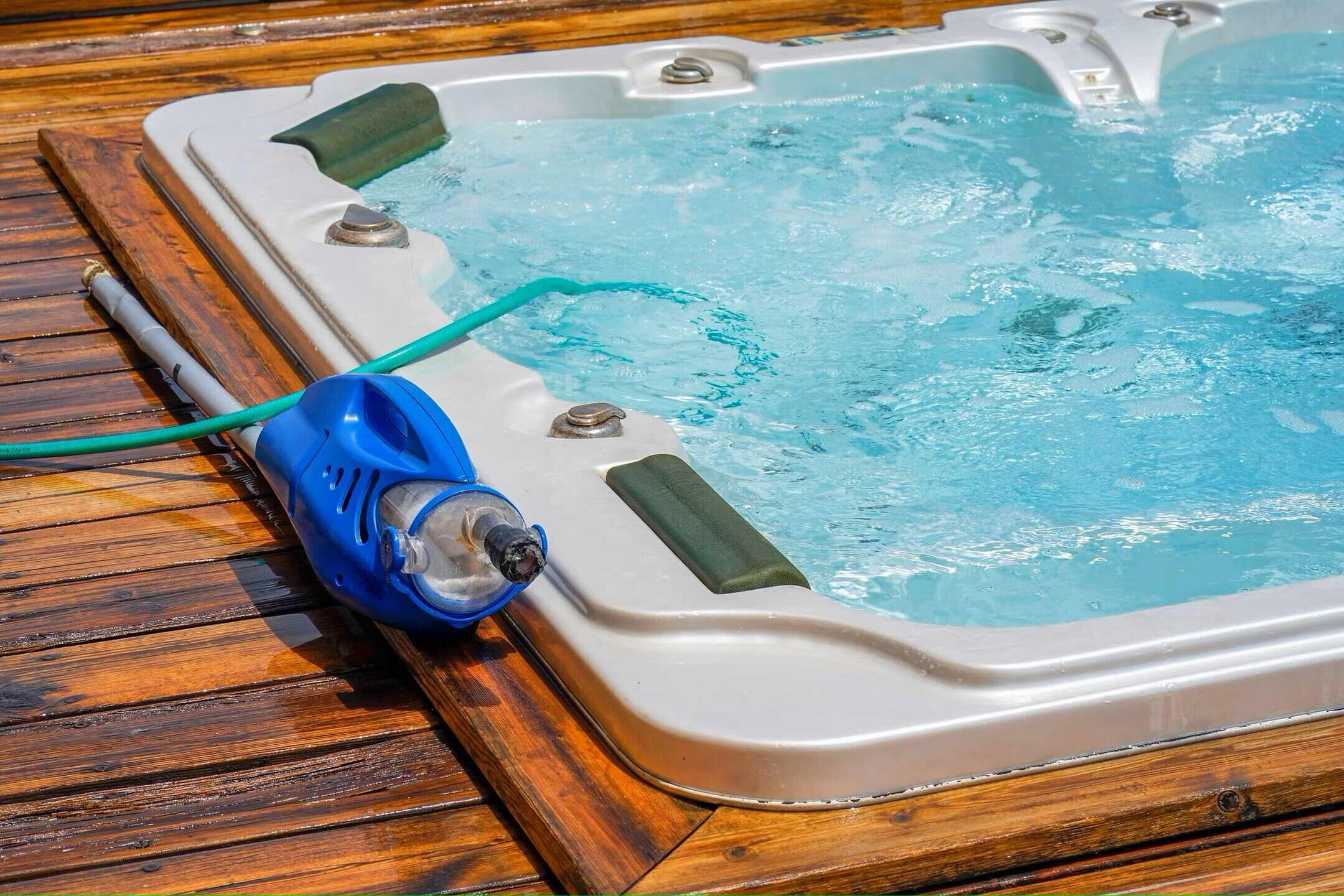


0 thoughts on “How To Get Rid Of Algae In Hot Tub”